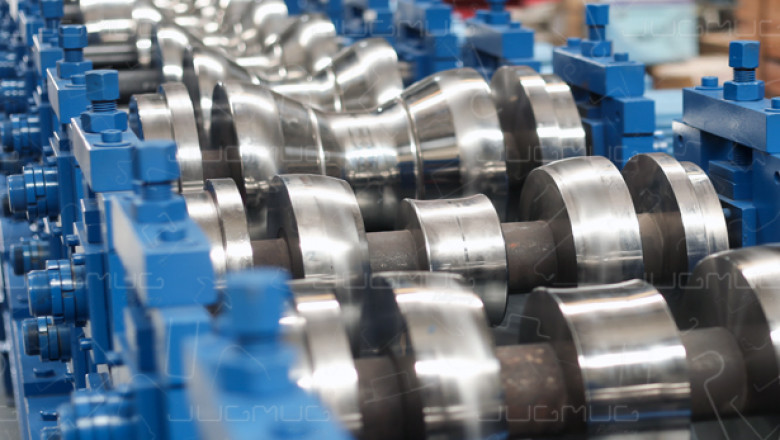views
Use of roll forming machine in Automotive and Two-wheeler Industry
Roll forming machines are integral to the manufacturing processes in both the automotive and two-wheeler industries, providing a reliable method for producing high-strength, precision-engineered components. This technology is particularly valued for its efficiency and ability to create complex shapes while maintaining tight tolerances.
Applications in the Automotive Industry
Roll forming is widely utilized in the automotive sector for producing various structural components, including:
Structural Components: Roll forming machines create essential parts such as pillars, roof rails, and floor reinforcements that require high strength and dimensional accuracy. These components are critical for vehicle safety and performance
Bumper Beams and Door Frames: The process is employed to manufacture bumper beams, crash bars, and door frames, which are vital for vehicle safety and structural integrity. Roll forming allows for the production of these parts with enhanced strength-to-weight ratios.
Seat Rails and Tracks: Components like seat tracks are also produced using roll forming, ensuring durability and precise fitment within vehicle interiors.
Chassis Components: Roll forming is essential for fabricating chassis parts, providing the necessary strength and flexibility required in modern vehicle designs.
Advantages of Roll Forming
The roll forming process offers several advantages that make it suitable for automotive applications:
High Production Efficiency: Roll forming machines can produce large quantities of parts quickly, making them ideal for high-volume automotive production lines. This efficiency helps meet the increasing demand for vehicles while reducing production costs.
Complex Shapes with Consistent Quality: The technology allows manufacturers to create complex geometrical shapes with consistent quality, ensuring that parts fit together precisely.
Material Utilization: Advanced roll forming techniques enhance material utilization efficiency, which is crucial for reducing waste and improving sustainability in manufacturing processes.
Applications in the Two-Wheeler Industry
In the two-wheeler industry, roll forming machines are similarly employed to produce various components:
Frame Components: Roll forming is used to manufacture frames for motorcycles and scooters, where strength and lightweight characteristics are essential for performance and handling.
Exhaust Pipes: The process is also utilized to create exhaust pipes that require specific shapes and durability to withstand high temperatures and pressures.
Decorative Elements: Roll forming can produce decorative parts that enhance the aesthetic appeal of two-wheelers while maintaining structural integrity.
Innovations and Future Trends
Recent innovations in roll forming technology focus on enhancing material efficiency and reducing weight without compromising strength. This trend aligns with the automotive industry's push towards lighter vehicles for improved fuel efficiency and reduced emissions. As manufacturers continue to adopt advanced materials like high-strength steels, roll forming will play a pivotal role in meeting these evolving demands.
In conclusion, roll forming machines are crucial in both the automotive and two-wheeler industries, providing efficient solutions for producing high-quality components that meet stringent safety standards while supporting innovative design practices






















Comments
0 comment